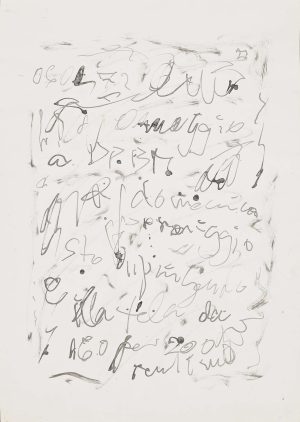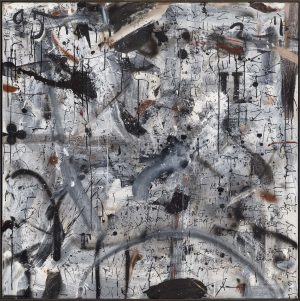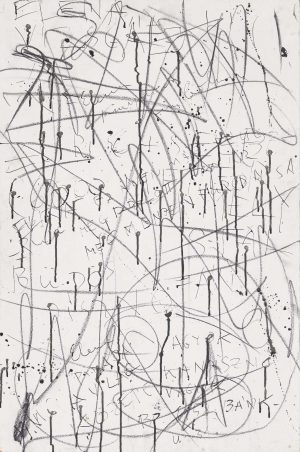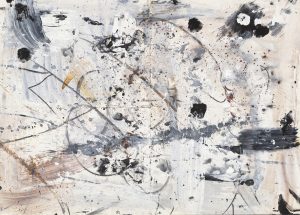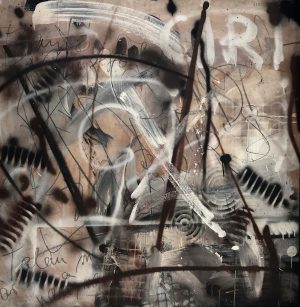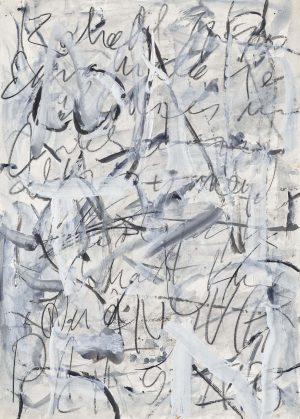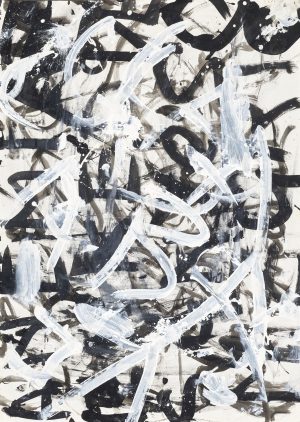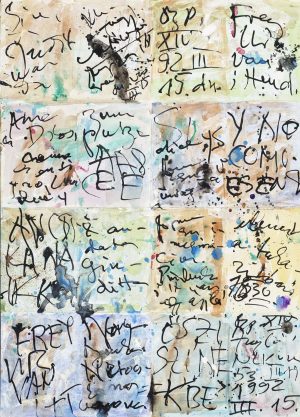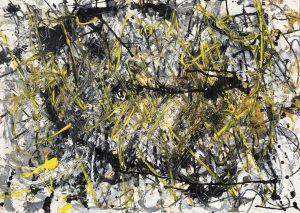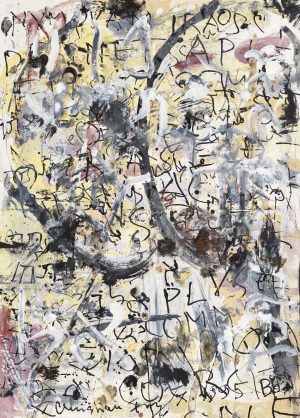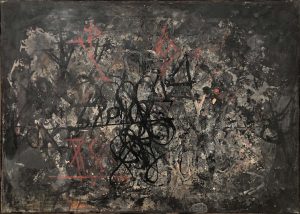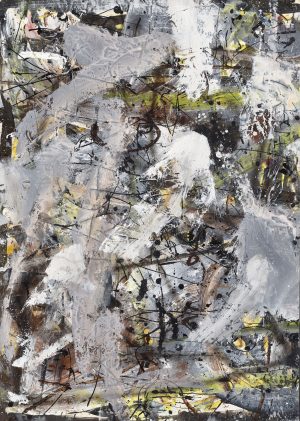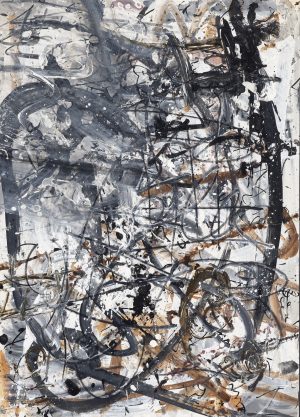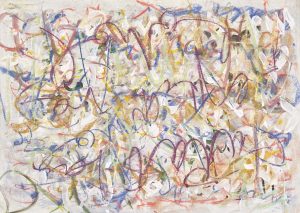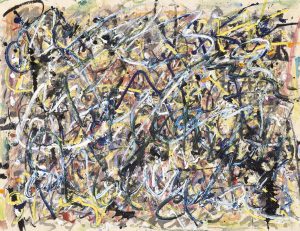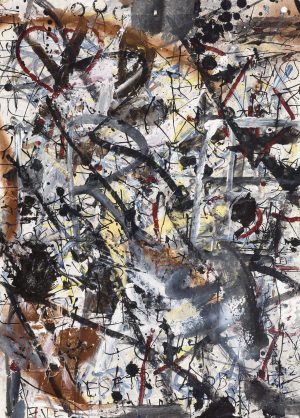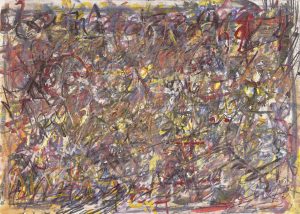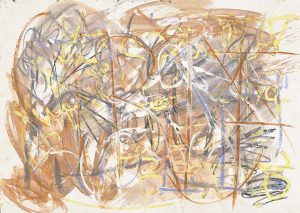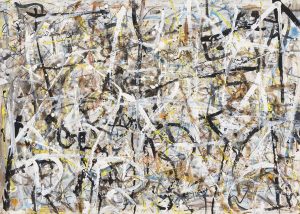
Krisztián FREY
03.12.71
- Year(s)
- 1971
- Technique
- oil on canvas
- Size
- 139,5x140 cm
Artist's introduction
Krisztián Frey, as one of the most original figures of the Hungarian non-figurative painting –reborn in the 1960s – formed his own specific way of expression on the domestic scene protected from international influence and suffering from intellectual drowning. As one of the Hungarian representatives of the European post-war abstraction, Frey created his own individual way of expression, combining the lyrical approach of the art informel and the gestural technique of handwriting, similarly to Cy Twombly or Georges Mathieu. Frey started to build his career in the mid-1950s. As a dentist’s son from the countryside, he had to face being stigmatised as a “class enemy”, due to which he was not allowed to attend the College of Fine Arts. As a consequence, neither the ideology of Socialist Realism, nor the conservative tools of scenery painting could prevent him to deploy his aesthetic inner world. He got into close contact with the Zugló Circle, a group of young progressive artists, where his contemporaries were discovering the ways of French abstraction. He staged his first individual exhibition in Hungary in 1967 (in a secluded culture house of Rákosliget), where he presented Rákosliget Pictures, his series consisting of repainted, “whitened” gestures, leaning towards monochrome painting. In the mid-1960s – independently from the Rákosliget series – his individual style became mature: unique abstract expressionism, inspired by Eastern calligraphy and letter-like script writing. He used to refer to his own artistic approach as “gesture painting with varying pace”, which can be described as grey surfaces consisting of multi-layer colours, wide, energetic, expressive brush strokes, handwritten-like, multilingual captures, stenciled letters, vandal wall scripts, zodiac signs, and applicated photographs. Its characteristics were not featured by the elegance of the Western calligraphic abstraction, but much more by the “toilet-door-aesthetics” of art brut and arte povera, utilizing cheap laths, rough scratches and raw gestures. They have been inseparably accompanied by raw erotic desire and invincible writing force. After participating in the Iparterv exhibitions, Frey emigrated to Switzerland in 1970 and lived in Zürich until the end of the Hungarian communism. From the late 1970s, for almost two decades, he was engaged with mathematics, music and informatics. His experiments of experimental computer-drawing ensured a spot for him among the pioneers of international computer art. After the Regime Change in Hungary, he visited his home country again, and parallelly he began to re-develop his earlier scriptural painting. His home crowd then started to admire his unrivalled oeuvre, which is pervaded by the permanent writing force, free expression and the calling of experimentation. Gábor Rieder
More artworks in the artist's collection »

